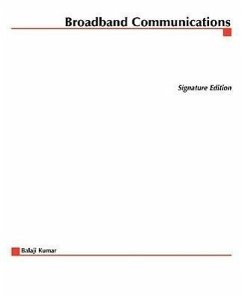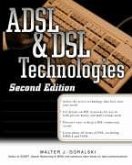The complete reference to the exploding area of broadband communications. Broadband communications standards ... services ... architectures ... markets ... cutting-edge innovations. You'll discover everything there is to know about the subject in this definitive resource. Widely praised for completeness and clarity, it has now been expanded to keep you ahead of the curve on the latest developments and revolutionary technologies: access technologies, such as ADSL, HDSL, and X-DLS, Cable Modems, LMDS, MMDS, and Gigabit Ethernet - the missing pieces of end-to-end broadband communication, now included in this edition. Access architecture, including the various public access network options such as FTTC, HFC, DBS, and wireless that take advantage of the new access technologies Broadband Intelligent Network (IN), including potential ATM-based broadband IN architecture and its migration options to support broadband services Current and future ATM issues, addressing trends that affect LANs and WANs, as well as the next-generation photonic architectures such as photonic switching and WDM Implication of the Internet and its role in enabling broadband are covered. You'll also find in-depth information on all available broadband communications - FDDI, DQDB, frame relay, SMDS, ATM, SONET, access technologies, and the BISDN architecture protocol layers - and data that helps you compare the strengths and weaknesses of each in real-world usage.








